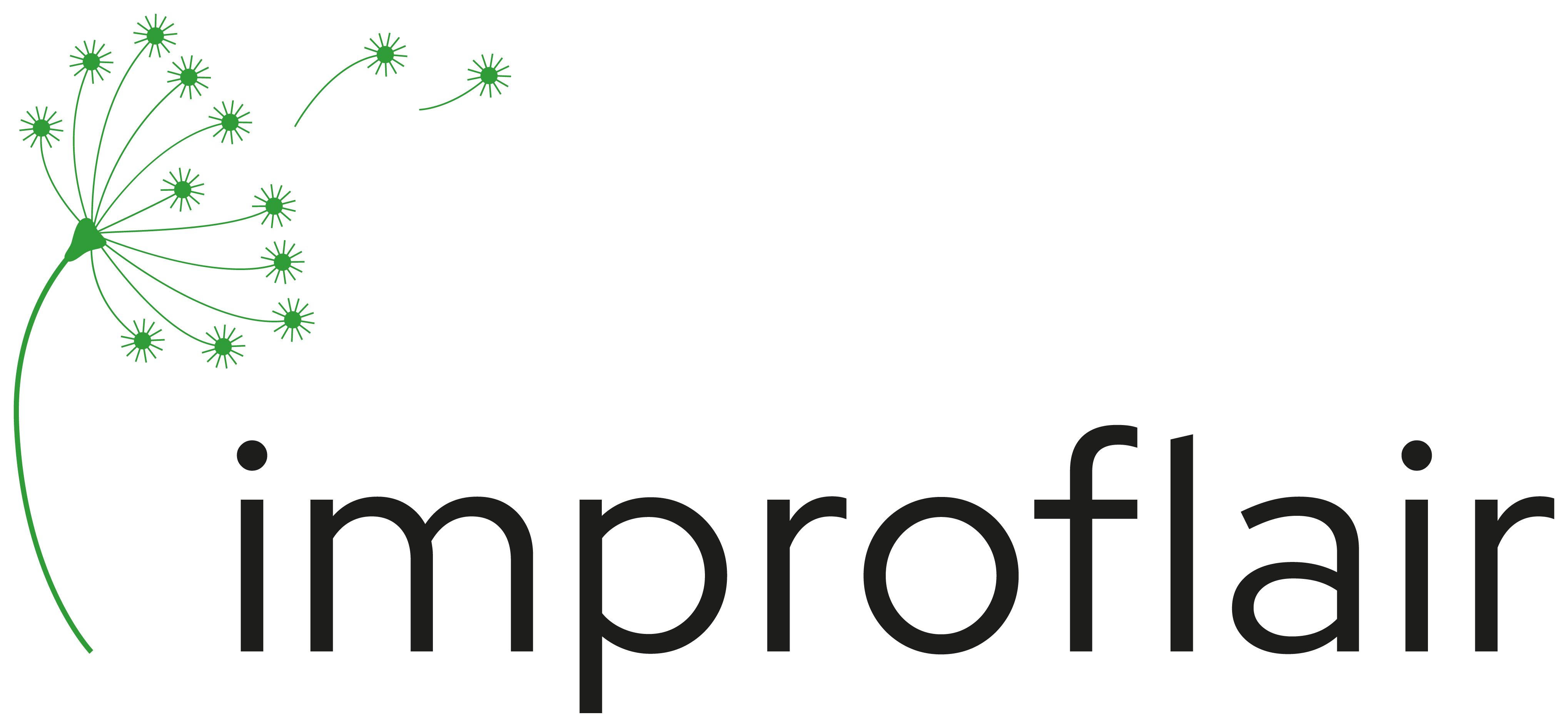In The Open Space at the Conference of the Applied Improvisation in Oxford (August 2016), there also was a session on debriefing. On my journey of doing a thesis on Applied Improvisation in higher education (offline and online) i very quickly decided, that debriefing will be one of the center stones.
Of course you benefit and you also learn with applied improv from the very first second. And this outcome will be intensified and more structured and more connected to very tangible aims in your life with a good planed debriefing, which also needs enough time.
I am a playful person, I love to use very different games and adapt them. And debriefing till now was something with lots of words and talking. Which is not a bad choice, and there are many other possible choices. Thanks to Anne-Marie Steen http://steentrain.com/ who reminded me on that!
She recommend the book “Play” by Stuart Brown (look at this https://www.ted.com/talks/stuart_brown_says_play_is_more_than_fun_it_s_vital#) which I also think is a basic literature for anybody who is in the areas of teaching, facilitating, training, using applied improv… Anne-Marie said there are the following categories of how to use a playful way in debriefing:
- Movement (eg using hands and arms to show a learning outcome on a scale from 1 to 10, movement through the room, body images, dancing together…)
- Social (eg role playing)
- Creative (eg first drawing in 60 seconds a picture of a learning experience; showing and explaining it to a partner and then amend the own picture with something that you saw / heard inspired by the drawing / explanation of your partner)
- Objects (eg using toy blocks, chairs & tables, material from nature or a bag full of objects from which participants draw and explain why they have picked this as a symbol)
- Inventing together a debriefing game
Of course how to put and phrase the debriefing questions is also important on this methods.
Here are ideas from my side:
- Using the structure, the language, typical protagonists from a fairy tale to tell (or play out together with others), of course you also make a short fairy tale comic strip
- Write and sing together the song of your learning journey
- Transforming results in newspaper headlines or advertisement / pr slogans – then go through the room shouting them out or trying out different emotions in shouting / enacting them
- Some more ideas are collected here https://onlineteachingandlearning.wikispaces.com/file/view/Processing+Effective+Debriefing+Tools.pdf by Michelle Cummings M.S.
- https://www.pinterest.com/pin/9007267982365101/ and https://www.pinterest.com/pin/9007267981248839/
- “Another method of having learners think about how lessons learned can apply elsewhere is to put them in the role of a game designer. Learners are asked to think about a game idea that would take the lessons taught in the activity they just completed and allow someone to learn how to apply those lessons into a new environment. By providing the learner with a variety of icons to drag into a game design document, the learner’s creativity can be jostled in directions different than a text – only document would provide” Nicholson, S. (2012). Completing the Experience: Debriefing in Experiential Educational Game. In Proceedings of The 3 rd International Conference on Society and Information Winter Garden. Abgerufen von http://scottnicholson.com/pubs/completingexperience.pdf (there are more ideas and background in this article!)
- Also from Nicholson: An emotional timeline; writing and/or drawing and/or showing body images of emotional feelings along one methode or a whole workshop
- Self assessment with the help of scales

